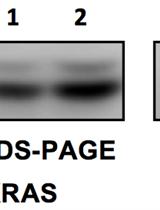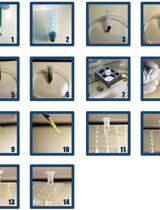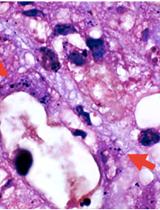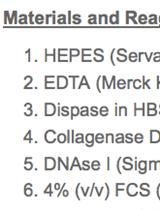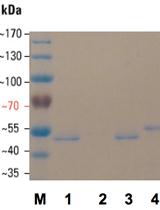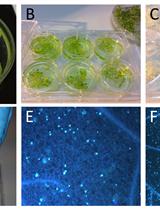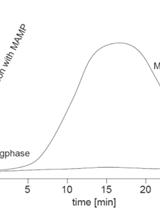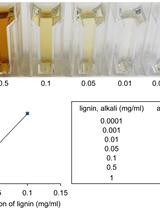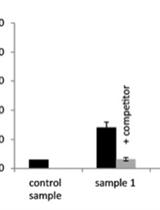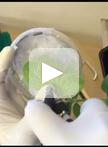- Protocols
- Articles and Issues
- About
- Become a Reviewer
Past Issue in 2015
Volume: 5, Issue: 6
Cancer Biology
Detection of Phospho-KRAS by Electrophoretic Mobility Change in Human Cell Lines and in Tumor Samples from Nude Mice Grafts
Microbiology
RNA Isolation from Synechocystis
Gram Stain for Intestinal Bacteria
Neutrophil Isolation from the Intestines
Rapid Preparation of Unsheathed Bacterial Flagella
Substrate Specificity of Recombinant Ser/Thr Protein Kinase
Plant Science
Staining of Callose Depositions in Root and Leaf Tissues
Chemiluminescence Detection of the Oxidative Burst in Plant Leaf Pieces
Lignin Extraction and Quantification, a Tool to Monitor Defense Reaction at the Plant Cell Wall Level
Scanner-based Time-lapse Root Phenotyping
A Chemiluminescence Based Receptor-ligand Binding Assay Using Peptide Ligands with an Acridinium Ester Label
Airbrush Infiltration Method for Pseudomonas syringae Infection Assays in Soybean


